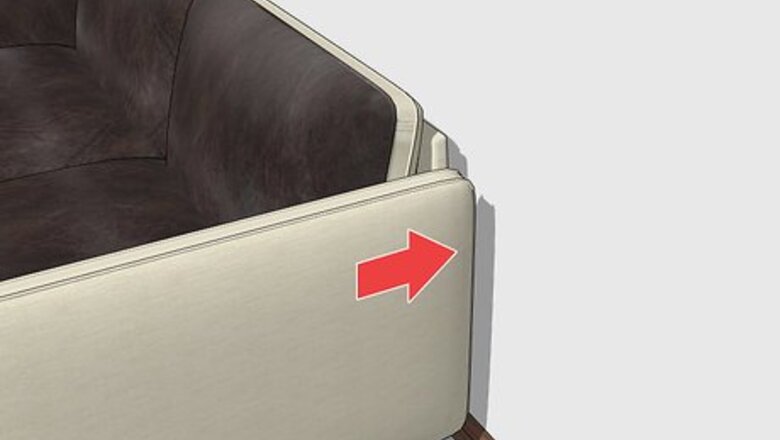
views
Move furniture against walls.
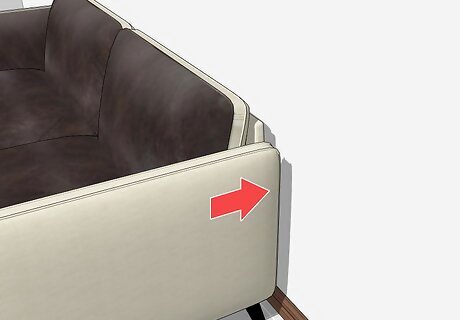
Arrange furniture against the walls to reduce noise entering the room. If you share a wall with a loud neighbor or if you have a lot of ambient noise coming into your room from outside, line your couches and chairs against the wall. The fabric and material of the furniture will absorb sound waves coming in and help to reduce the noise in the room.Tip: If you have a noisy neighbor that shares a wall with you, line your furniture against the shared wall to help reduce the noise coming in from their room.
Move bookcases against walls.
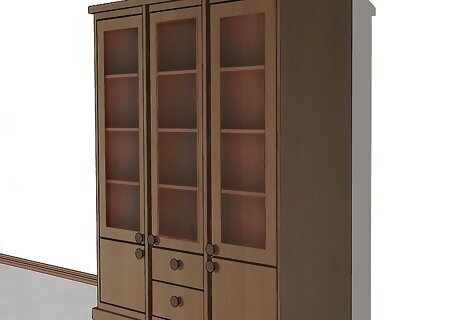
Place bookcases against the walls to block sound from coming in. Heavy wooden bookcases will help to block outside noise from getting into your room. Add bookcases to your room and line them against the walls where the most sound is entering from to reduce the noise in the room. For example, if you have a lot of noise coming in from the street, place your bookshelves against the wall facing the street.
Hang a tapestry or a quilt.

Hang a tapestry on a wall to absorb sound waves. Textiles like quilts and tapestries absorb sound, so putting a large tapestry up on the wall will help to keep your room quiet. Find your wall studs and mount brackets or nail the tapestry up on the wall. Use the tapestry to add to the look of the room by hanging it so the center is at eye level. Make sure the tapestry is secure on the wall so it doesn’t fall off. You can easily locate studs with a stud finder, which you can get for less than $20 at a hardware store.
Hang heavy drapes over windows.

Hang heavy drapes over the windows to block street noise. Heavy curtains or drapes can reduce the noise that comes in from outside and make your room quieter. The textiles will absorb sound waves coming into the room and reduce the amount of noise that you hear. Make sure you mount the curtain rods so they’re secure and can hold up the weight of the heavy drapes. Choose thick, heavy curtains that add to the look of the room. For example, choose curtains with colors or designs that match the colors of your room.
Cover the floor with thick rugs.
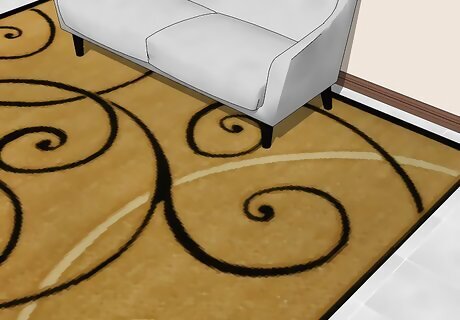
Cover the floor with thick rugs to soften the noise in a room. Whether you have hardwood floors or carpeting, putting down some thick throw rugs will help to reduce the noise inside of your room. Place them throughout the room to absorb as much sound as possible. The thicker the rug, the more sound it will absorb. Choose a rug that complements the room and adds to the decor.
Add throw pillows to sofas.
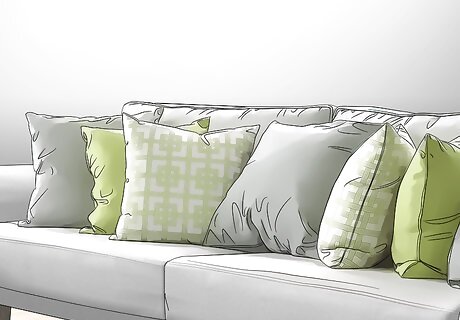
Add throw pillows to your sofas and chairs to add layers of textiles. The more layers of textiles that you can add to the room, the more you can reduce the noise inside of it. Place decorative throw pillows on your couches, chairs, and anywhere else you can to absorb the sound in the room. Choose throw pillows that add to the design and style of the room. Match color schemes or choose a theme to follow to help guide your decision.
Add seat and back cushions to chairs.
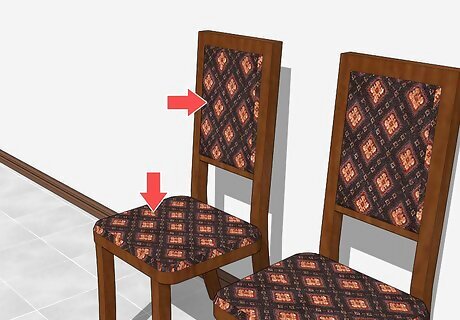
Cover wooden chairs with seat and back cushions to soften them. Wooden chairs can actually deflect sound waves and keep them in the room. Add decorative cushions to the seat and back of the chair to help absorb sound and make the room quieter. If your wooden chairs already have cushions but they’re damaged or old, you can reupholster them to improve their sound-absorbing abilities and update their design!
Add plants to your room.
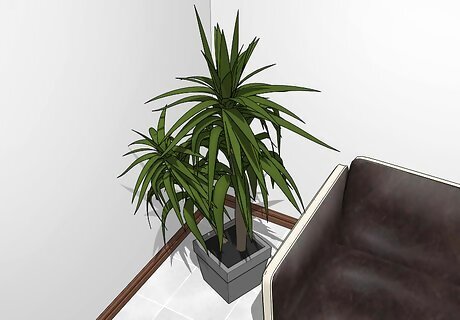
Add plants to your room to break up sound waves. The stems, leaves, branches, and wood on a plant all absorb soundwaves and can help to reduce noise in a room. They also alter the acoustics of the room and break up sound waves to make it quieter. Place plants around your room to help keep it quiet. Choose low-maintenance houseplants if you’re worried you won’t be able to take care of a plant.Note: If you have pets or small children, make sure you choose plants that aren’t toxic or dangerous if they accidentally eat them.
Install rubber door sweeps.
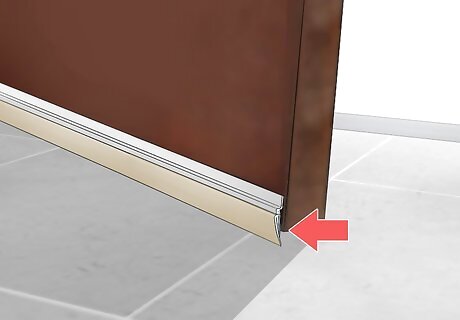
Install a rubber door sweep to seal the gap beneath your door. The gap beneath your door lets in lots of noise from outside. Plug the gap by adding a rubber door sweep that seals the door and blocks sound waves from entering the room. Use a drill or screwdriver to screw the door sweep to the bottom of your door. You can find rubber door sweeps at department stores, home improvement stores, and online. Check the packaging for specific installation instructions.
Use a white noise generator.
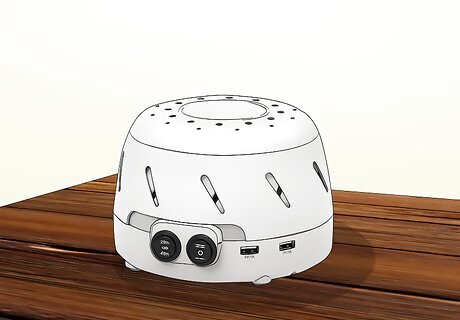
Use a white noise generator to mask the noise. White noise works by drowning out sounds and can help to make your room feel quieter. Place a white noise generator in your room to help reduce the noise. You can find white noise generators at department stores and online. Use a white noise app on your smartphone by downloading one from your app store.




















Comments
0 comment